Jump to: Eat enough in your main meals | Stay hydrated | Eat enough protein | Don’t restrict fat | Limit refined carbs and sugar | Eat healthy snacks | Time your workouts to finish in line with your meals | Do a combination of cardio, HIIT, and strength training | Take home message
Exercise
A beginner’s guide to weight loss with exercise
Written by
Robbie Puddick (RNutr)
Content and SEO Lead
Medically reviewed by
Dr Rachel Hall (MBCHB)
Principal Doctor
9 min read
Last updated December 2025
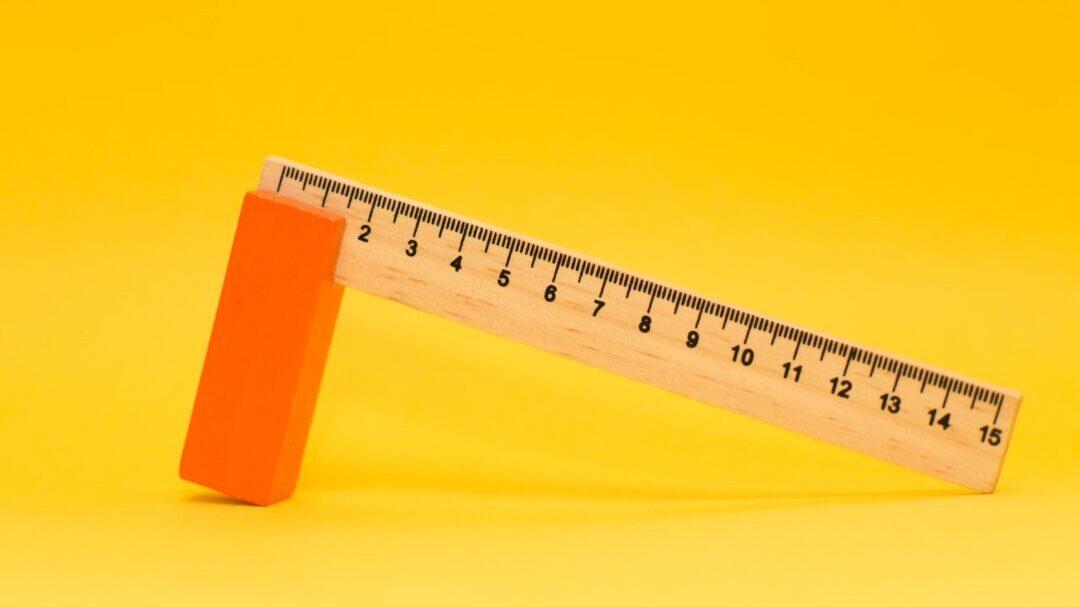
Medication-assisted weight loss with a future focus
Start with Wegovy or Mounjaro, transition to habit-based health with our support


Here are eight ways you can boost weight loss with your exercise routine:
- Eat enough in your main meals: Not eating enough can harm your weight loss progress as severe calorie deficits lower your metabolic rate, preventing your body from burning excess body fat, and your brain increases hunger to tell you to eat more.
- Stay hydrated: Your body can make you feel hungry when you’re not hydrated. Keeping on top of your water intake will help keep hunger at bay and avoid unnecessary snacking in-between meals.
- Eat enough protein: Protein promotes greater feelings of fullness compared to carbohydrates and fat, be sure to consume at least 30-40g of protein in each meal.
- Don’t restrict fat: Fat, like protein, is digested slowly and can support you in feeling fuller for longer. This will help you maintain a calorie deficit without feeling hungry, supporting fat loss.
- Limit refined carbohydrates and sugar: These foods can lead to low blood sugar and increased feelings of hunger, making weight management more challenging.
- Eat healthy snacks: Enjoy protein and fibre-rich snacks like peanut butter and apple if you feel physically hungry between meals.
- Time your workouts to finish in line with your meals: If you plan a workout to finish just before your main meals, you’re less likely to snack and overcompensate. So, you can work out, have breakfast, or work out just before lunch. Whatever works for you.
- Do a combination of cardio, high-intensity interval training, and strength training: To get all the benefits of exercise, you want to try mixing it up throughout the week. This will also keep you interested as it provides variety.
Exercise needs to be combined with diet to support weight loss
In our guide on exercise for weight loss, we highlighted how exercise interventions without other lifestyle changes don’t often lead to significant weight loss.
This lack of an effect from exercise on weight loss is primarily driven by our diet and eating habits. Individuals who start exercising more to lose weight often overcompensate by increasing their food intake.
You also can’t outrun a bad diet. If your current diet is based on ultra-processed foods and you start exercising more – you’re unlikely to see weight loss unless you make positive changes to your diet. Even if your exercise helps you burn calories.
At Second Nature, you’re provided with a registered dietitian and nutritionist to support you five days a week to help you manage your intake to suit your personal preferences and exercise habits.
Research published in the BMJ shows we’re more than twice as effective at supporting weight loss than four other providers in the NHS Weight Management programme.
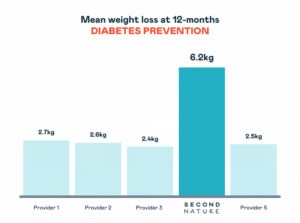
So, if you’d like to join over 150,000 others who’ve made losing weight feel easier with Second Nature, click here to take our health quiz.
Otherwise, keep reading as we run through our beginner’s guide to weight loss with exercise and our eight top tips to ensure a successful weight loss journey.
1) Eat enough in your main meals
Many people are driven to cut their calorie intake drastically to lose weight quickly.
Unfortunately, this triggers a starvation response by the brain to slow down your metabolism, protect your fat stores, and increase hunger signals to encourage you to eat more.
Exercise can often also lead to short-term increases in hunger, increasing your hunger levels even further – driving you to eat more and making weight loss more challenging.
So, to ensure you can successfully lose weight through exercise – you need to eat three main meals a day until you’re comfortably full.
Here’s how to do it:
- Eat mindfully: Eat without the distraction of technology and take 20 seconds per mouthful and 20 minutes for each meal.
- Use the hunger scale below: If you’re between a 1-4, you need to start eating; between a 5-7 you can probably think about stopping; between 8-10, you’ve had too much and can adapt next time.
- Eat in the right balance: See our balanced plate below.
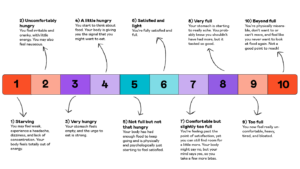
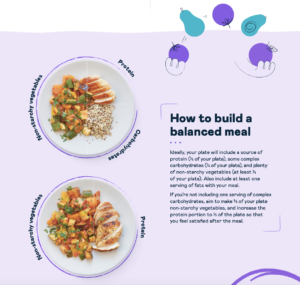
2) Stay hydrated
We lose fluid and essential minerals when we sweat through exercise. This can trigger feelings of thirst to encourage us to drink and replenish what’s been lost.
Interestingly, an early sign that we need to drink more is hunger. So, ensuring you stay hydrated throughout the day and during exercise can support you in maintaining a lower calorie intake to help with weight loss.
Here’s how to do it:
- Drink 6-8 glasses of water a day on average.
- Drink a glass of water as soon as you wake up.
- Drink a glass of water immediately after exercise.
- For more prolonged bouts of exercise (60+ minutes), drink 400-800ml of water per hour, depending on individual sweat rate.
- Drinking to thirst is a good general rule.
3) Eat enough protein
Protein has multiple positive effects on fat loss. It helps lower hunger as it’s digested more slowly and positively affects our hunger and satiety (fullness) hormones.
It also has a more significant thermic effect compared to carbohydrates or fat. So, it uses more energy (calories) to digest and metabolise protein, which can help keep your energy expenditure higher.
Here’s how to do it:
- When building meals, start by choosing your protein and building the meal around it.
- Ensure you eat at least 20-40g of protein in each main meal.
- If you’re hungry between meals, consume a source of protein in snacks.
- Choose high-quality protein sources such as chicken, red meat, fish, seafood, tofu, tempeh, and dairy products.
4) Don’t restrict fat
Similar to protein, fat is digested more slowly than carbohydrates. It has many positive effects on our hunger by managing blood sugar levels and positively affecting our hunger and satiety hormones.
Because fat contains more calories per gram than carbs or protein, there’s been a misconception that we should limit fat intake to support weight loss.
But ironically, despite its high energy density, fat’s positive biological effects mean it can help us eat less and lose weight.
Here’s how to do it:
- Prioritise fat from whole sources like meat, fish, dairy, nuts, seeds, olives, avocadoes, and edamame beans.
- Ensure at least one source of fat in each meal. This is sometimes included in the protein source, so be mindful of additional sources.
- Use high-quality extra-virgin olive oil, coconut oil, or butter to cook with.
- Use cold-pressed seed oils like rapeseed or hemp for salad dressings alongside olive oil.
5) Limit refined carbohydrates and sugar
Refined carbs and sugar can be valuable tools for exercise performance in healthy and lean individuals. The rate at which they’re digested can provide essential fuel for the muscles during exhaustive exercise.
However, the very elements of refined carbs and sugars that can support sporting performance can also lead to adverse health effects for individuals looking to lose weight.
Refined carbs and sugars can have a negative effect on our weight for several reasons:
- They’re rapidly digested in the gut, bypassing the essential interactions with gut areas that promote the release of satiety hormones. This is one of the reasons they’re easy to overconsume.
- They can increase insulin resistance, preventing insulin from regulating appetite effectively.
- They can lead to blood sugar crashes, which promotes hunger and has been shown to increase calorie intake.
Because of these reasons, we’d recommend limiting your intake of refined carbohydrates if weight loss is your goal.
Here’s how to do it:
- Limit foods like white rice, supermarket bread, pastries, biscuits, cereals, and white pasta.
- Opt for high-fibre complex carbohydrates like quinoa, sourdough bread, pearl barley, brown rice, wild rice, potatoes, sweet potatoes, steel-cut oats, lentils, legumes, butternut squash, and wholewheat pasta.
- Make carbs around 25% of your plate or one fistful.
6) Eat healthy snacks
Feeling hungry between meals can be a sign you’re not eating enough in your main meals, you need to drink water, or perhaps you’re craving something due to psychological reasons like stress or other emotions like loneliness.
Before reaching for snacks between meals, it’s essential to reflect on what you can do to limit hunger between your meals.
However, sometimes it’s not always possible to avoid hunger between our main meals, particularly if there’s a gap of more than 3 hours. Exercise can also lead to natural increases in hunger.
So, when you’re physically hungry between meals and need something to tie you over until your next meal, we recommend consuming a healthy snack that’s rich in protein, fat, and fibre.
Here are our recommended healthy snacks:
- Apple and peanut butter.
- Greek yoghurt and berries.
- Tinned fish.
- Boiled eggs.
- Veggies and hummus.
- Cured meat.
- Cheese and olives.
7) Time your workouts to finish before your next main meal
Many people can make the mistake of exercising at random times during the day when their next main meal is an hour or two away. So, naturally, we’ll feel hungry after this and often grab a snack to tie us over.
This will often be a protein bar packed with sugar or an energy drink and a bar of chocolate.
But suppose we can be more intentional about our workouts and time them, so they’re within half an hour or immediately before we plan to eat next.
In that case, we can satisfy our hunger pangs, take in water, and avoid eating extra calories we don’t need.
Here’s how to do it:
- When you wake up, prep your breakfast, work out, and eat immediately after. If you work in an office and work out before work – have something like a homemade smoothie made with yoghurt, peanut butter, and fruit to have on the go.
- Work out on your lunch break and eat your lunch immediately after.
- On days a loved one is doing the cooking, check what time it will be ready to sync up your exercise with it.
- If you’re cooking dinner, prep the main bits or leave it on the stove cooking if it’s a curry or bolognese, then get your work out.
- Preparation is key. If you need to spend an hour or so cooking after you exercise before you can eat, this is going to be more challenging – so plan ahead.
8) Do a combination of aerobic exercise (cardio), high-intensity interval training (HIIT), and strength training (weight lifting)
Building cardiovascular fitness and increasing your muscle mass and strength will ensure you’re helping your body become as efficient at burning and storing energy as possible.
This efficiency in energy use from targeting all muscle groups has many positive follow-on effects, such as decreased hunger and improved satiety (fullness) signalling to the brain. It will ensure it keeps things interesting for you, so exercise doesn’t become a chore.
Here are some top tips and the best exercises to try to build muscle mass, burn fat, and increase your heart rate:
- Make exercise social, you’re much more likely to keep doing it if it’s in a social environment or groups like a gym class or local running club.
- At first, do exercise you enjoy while you build up your confidence and fitness. After a while, you might find you’re more confident to try something new.
- If you can afford it, try a session with a personal trainer to build your confidence. (Just be cautious of their nutrition advice.)
Jumping rope.- HIIT workouts on YouTube.
- Cardio workouts on YouTube.
- Full body workouts on YouTube.
- Low-impact bodyweight exercises like lunges, push ups, or mountain climbers.
- Kettlebell workouts.
- Dumbbells and weight lifting.
- Bicycling.
Take home message
The main barrier to weight loss with exercise is ensuring that your diet is up to scratch to support your weight loss journey.
By following some of the tips in today’s guide, we hope you can achieve lasting weight loss through exercise with the added benefit of improving your eating habits.
Click here if you’d like to follow an NHS-trusted meal plan to support weight loss alongside your exercise routine.
Medication-assisted weight loss with a future focus
Start with Wegovy or Mounjaro, transition to habit-based health with our support


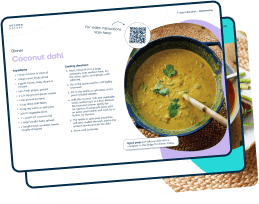
Download our free, indulgent 7-day meal plan
It includes expert advice from our team of registered dietitians to make losing weight feel easier. Subscribe to our newsletter to get access today.
You might also like
Hazel Gunshon
17 October, 2023
Just found this article whilst looking for a featured recipe. Very helpful I have printed it out for future reference
As seen on
As seen on
